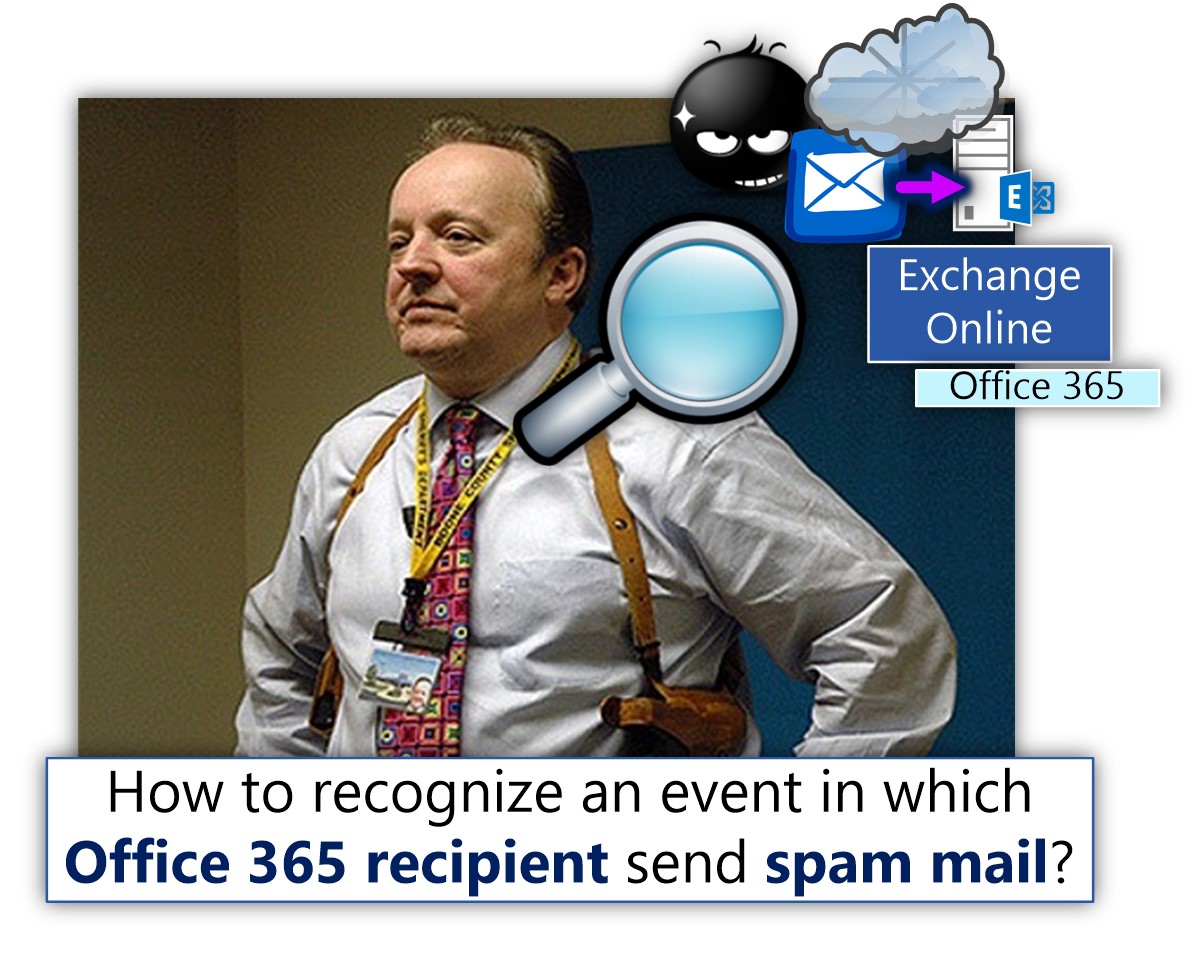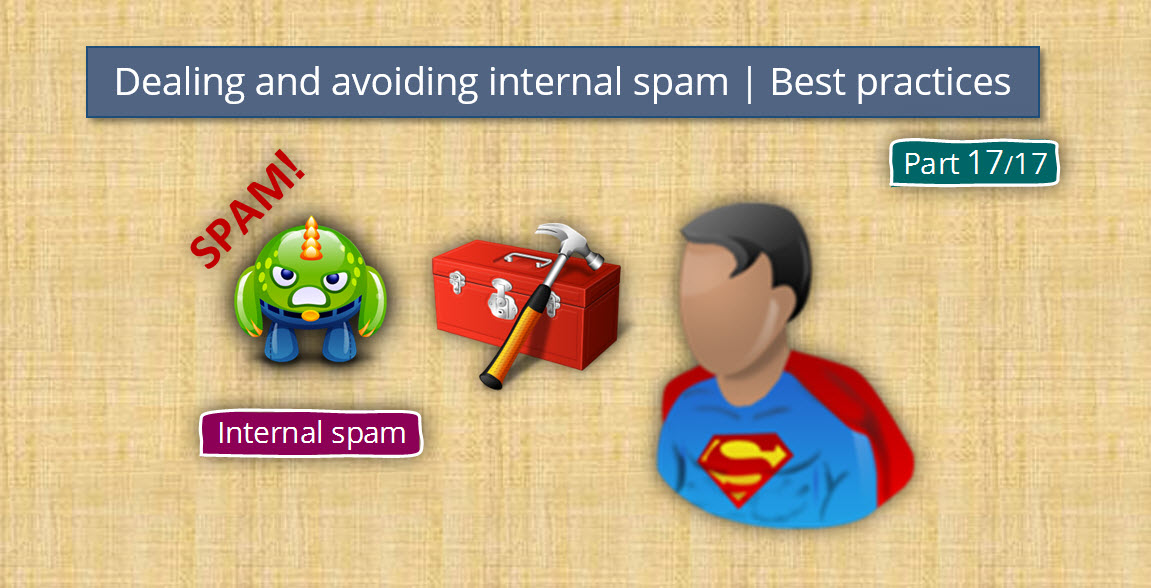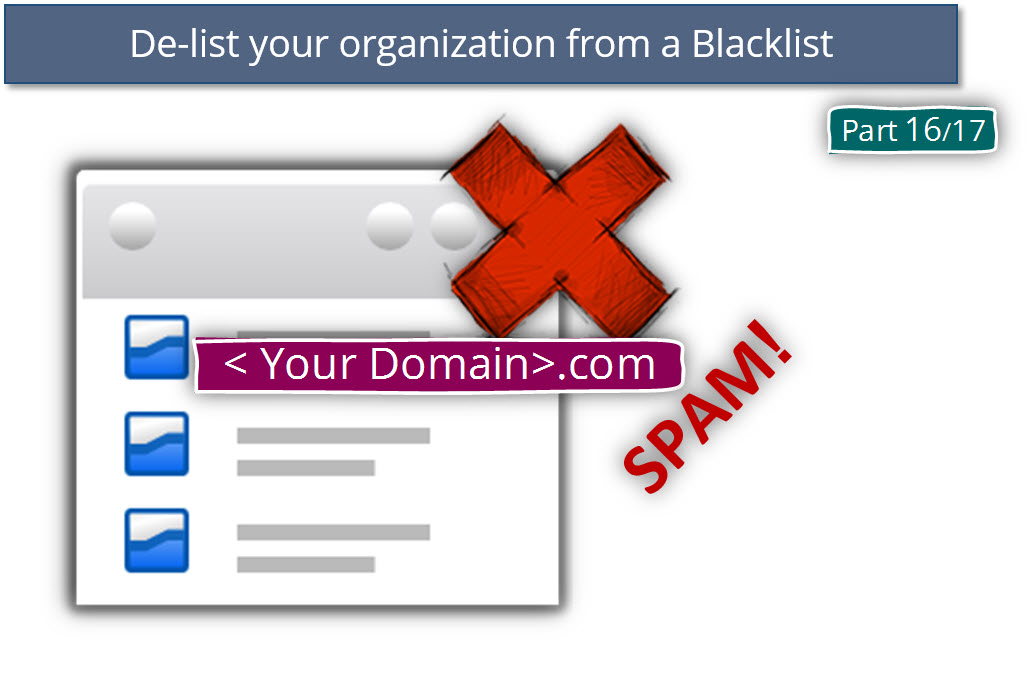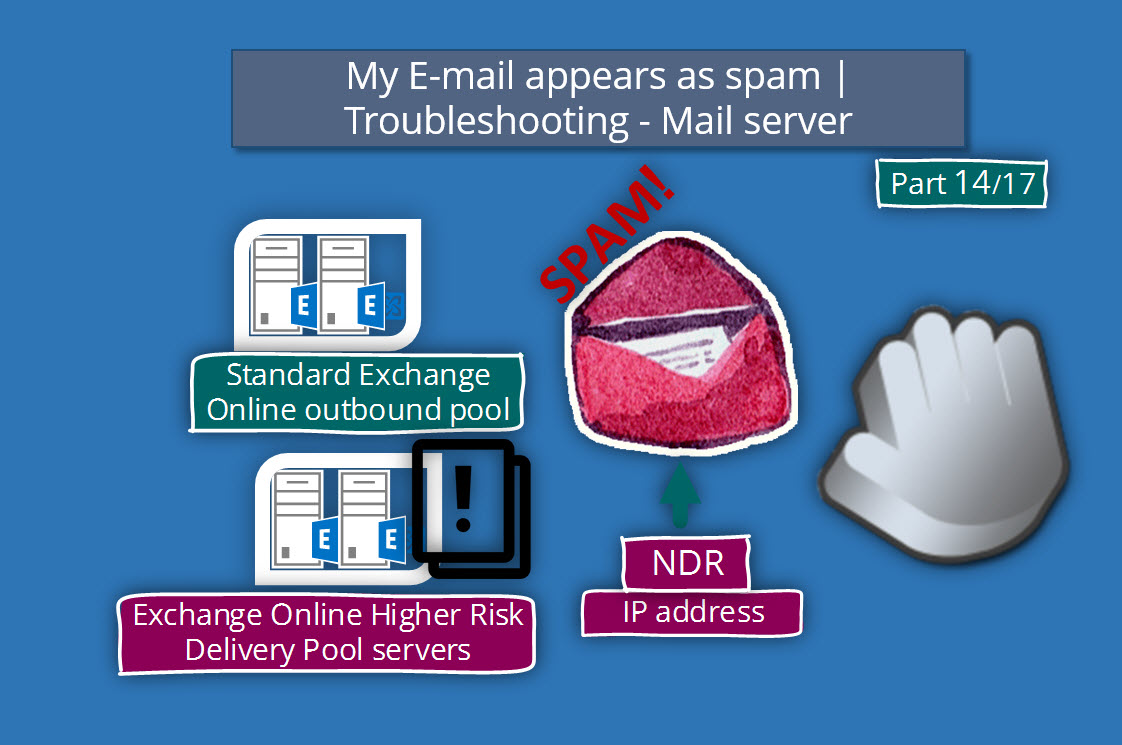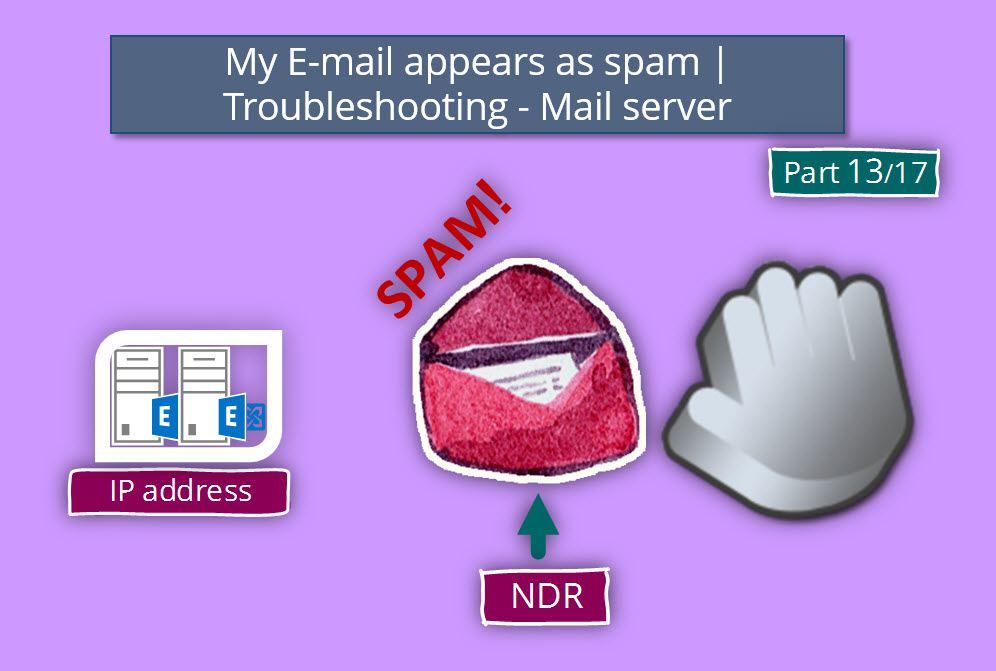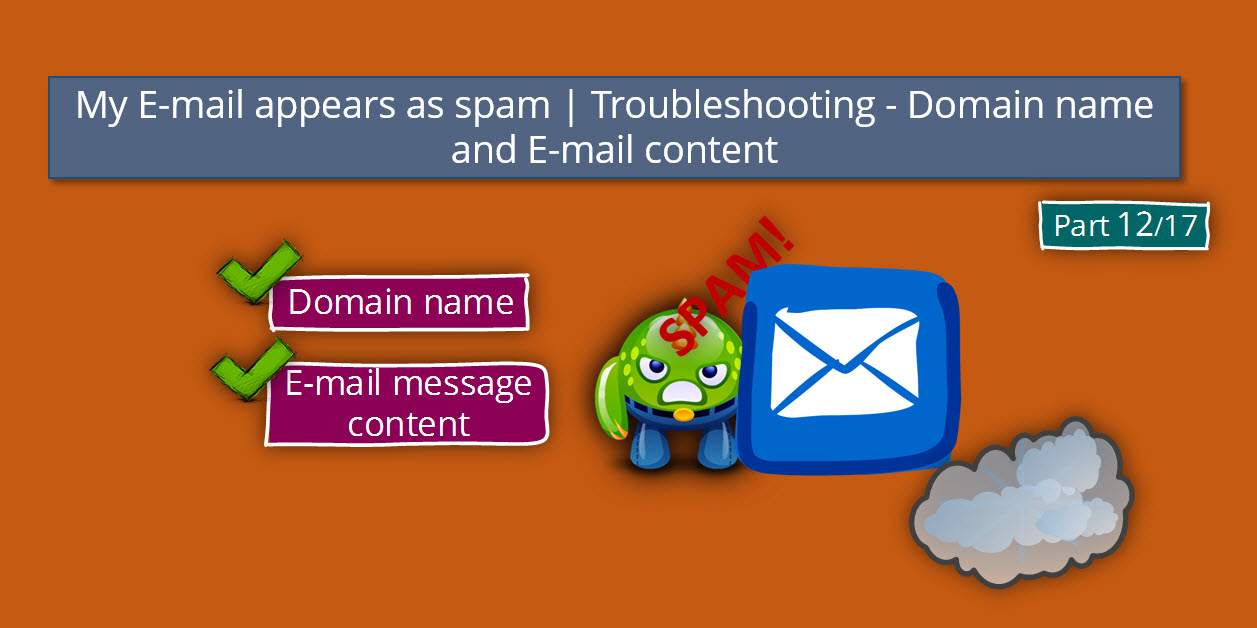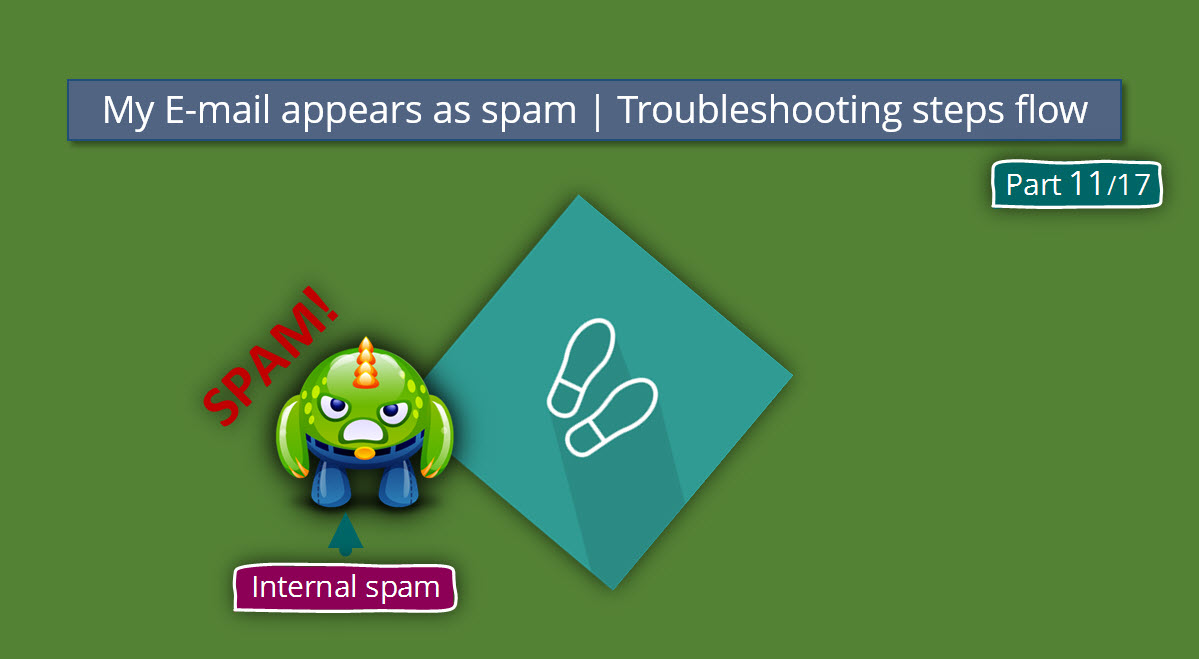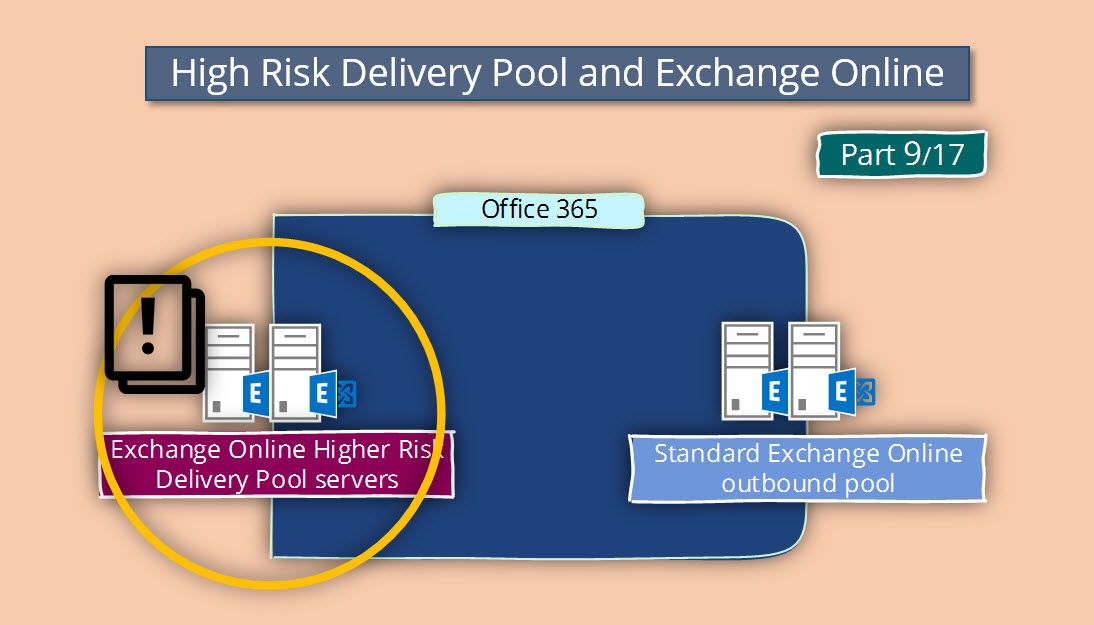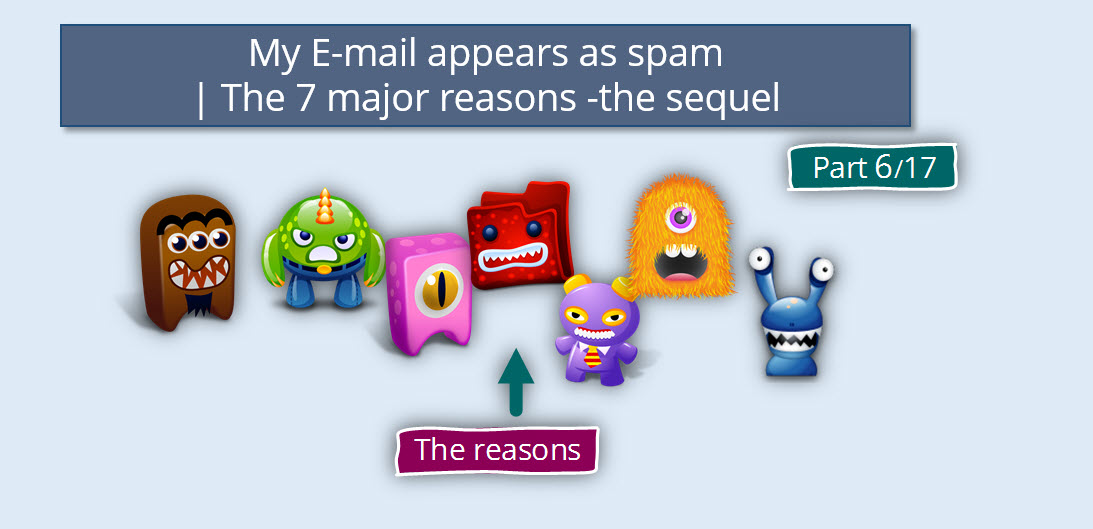How to recognize an event in which Office 365 recipient send spam mail?
One of our Office 365 recipients complains that the E-mail that he sent to an external recipient is blocked or classified as “spam mail". Our underlying assumption is that the problem is related to “Office 365 infrastructure”, and they should…
